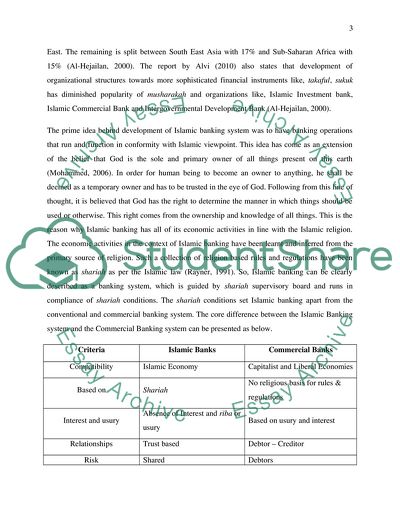Cite this document
(“Islamic Banking and finance Essay Example | Topics and Well Written Essays - 4500 words”, n.d.)
Islamic Banking and finance Essay Example | Topics and Well Written Essays - 4500 words. Retrieved from https://studentshare.org/finance-accounting/1637453-islamic-banking-and-finance
Islamic Banking and finance Essay Example | Topics and Well Written Essays - 4500 words. Retrieved from https://studentshare.org/finance-accounting/1637453-islamic-banking-and-finance
(Islamic Banking and Finance Essay Example | Topics and Well Written Essays - 4500 Words)
Islamic Banking and Finance Essay Example | Topics and Well Written Essays - 4500 Words. https://studentshare.org/finance-accounting/1637453-islamic-banking-and-finance.
Islamic Banking and Finance Essay Example | Topics and Well Written Essays - 4500 Words. https://studentshare.org/finance-accounting/1637453-islamic-banking-and-finance.
“Islamic Banking and Finance Essay Example | Topics and Well Written Essays - 4500 Words”, n.d. https://studentshare.org/finance-accounting/1637453-islamic-banking-and-finance.


